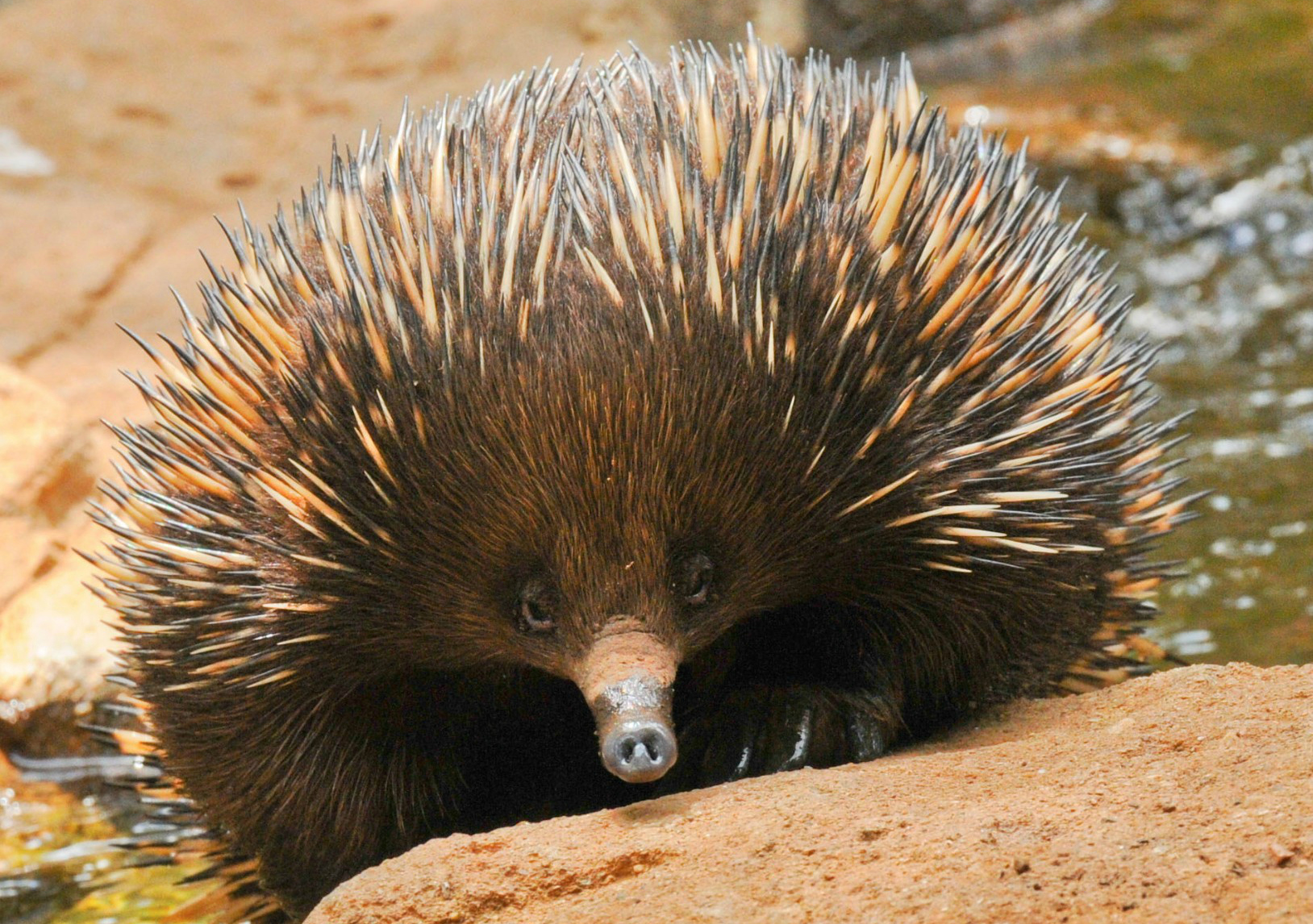For the Australian animal called the echidna, a trial by fire would be no sweat.
![635709279184111293-echidna-featherdale-wildlife-bill-dillard [image : 29347131]](http://www.gannett-cdn.com/-mm-/13004f95fa4f6b1b17f801401d0e2a2ad2af2566/c=100-0-1441-1146/local/-/media/2015/06/26/USATODAY/USATODAY/635709279184111293-echidna-featherdale-wildlife-bill-dillard.jpg)
New research shows that echidnas, cat-sized critters related to the platypus, excel at surviving fires. Their strategy for doing so could help scientists understand how mammals coped with the Late Cretaceous apocalypse that finished off the dinosaurs.
After a deliberately set blaze in an Australian nature preserve, “I found (echidnas) in areas full of ash after the fire, just roaming around,” says Julia Nowack, who studied the fire’s impact while working at Australia’s University of New England. “Their noses are always in the ash, and they didn’t seem to care at all. … I find it remarkable.”
In appearance, at least, echidnas seem less remarkable than ridiculous. With their bristling spikes and long snouts, they resemble hedgehogs that have grown Pinocchio-style noses. They are evolutionary oddballs: primitive mammals that lay eggs and cope with tough conditions by becoming inert and chilly, a state known as torpor.
Nowack and her colleagues tracked the fate of echidnas in a nature preserve set ablaze to aid fire-dependent vegetation. The fire burned heavily for days, Nowack says. But the echidnas kept their cool.
In the hours after the fire began, the animals stayed put rather than venturing abroad, according to GPS trackers the scientists had implanted in the animals. Other sensors showed that in the weeks after the blaze, most of the echidnas slipped again and again into a torpid state lasting up to four days.
Nearly all the tagged echidnas survived the fire, and the scientists stumbled on only a few dead untagged echidnas despite the area’s large population of the animals, the researchers report in this week’s Proceedings of the Royal Society B: Biological Sciences.
Echidnas probably warded off fiery death by holing up in thick trees and logs, the scientists say. And by going torpid after the fire, the animals cut their need for energy – a smart idea when the forest was smoldering and food was scarce.
Echidnas are throwbacks to the distant past, making them a useful guide to how ancient mammals survived the giant asteroid strike of 65 million years ago. The impact annihilated the dinosaurs. But some mammals triumphed to spawn a new kingdom of diverse species.
Small mammals would’ve died in the catastrophe – which may have included global wildfires -- if they had to stay busy and well-nourished, says study co-author Fritz Geiser of the University of New England.
“But if they would’ve been able to go into torpor, they could’ve survived a long, long time,” he says.
Other scientists say that the new research is intriguing, if impossible to confirm.
“That makes sense,” says Rich Cifelli of the University of Oklahoma via email. “But who the hell knows what happened at the end of the Cretaceous?"
“I don’t know that there’s a way to test this,” says Thomas Williamson of the New Mexico Museum of Natural History & Science. But he thinks torpor could’ve been “an extra little tool that mammals had to survive this thing. … It wasn’t like they were superior in some way to dinosaurs. They were just lucky.”
Whether superior or lucky, echidnas not only survive fires but also thrive across Australia and part of New Guinea. “They are special, because they’re everywhere,” Geiser says. “I have a lot of respect for them.”


![Echidna [image : 82949500]](http://www.gannett-cdn.com/media/2016/04/12/USATODAY/USATODAY/635960757470662156-XXX-echidnas-10354.JPG)
